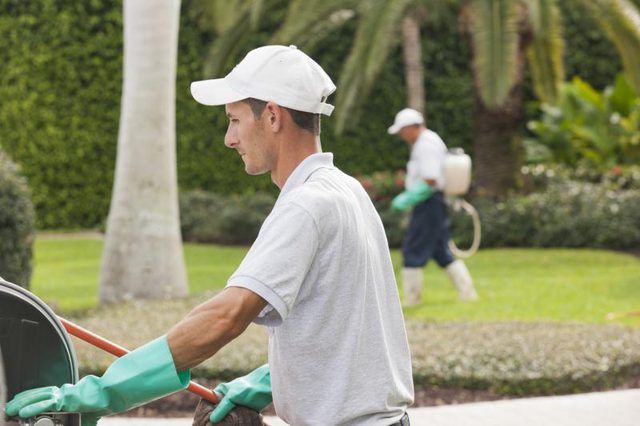Bulbs
Flower Basics
Flower Beds & Specialty Gardens
Flower Garden
Garden Furniture
Garden Gnomes
Garden Seeds
Garden Sheds
Garden Statues
Garden Tools & Supplies
Gardening Basics
Green & Organic
Groundcovers & Vines
Growing Annuals
Growing Basil
Growing Beans
Growing Berries
Growing Blueberries
Growing Cactus
Growing Corn
Growing Cotton
Growing Edibles
Growing Flowers
Growing Garlic
Growing Grapes
Growing Grass
Growing Herbs
Growing Jasmine
Growing Mint
Growing Mushrooms
Orchids
Growing Peanuts
Growing Perennials
Growing Plants
Growing Rosemary
Growing Roses
Growing Strawberries
Growing Sunflowers
Growing Thyme
Growing Tomatoes
Growing Tulips
Growing Vegetables
Herb Basics
Herb Garden
Indoor Growing
Landscaping Basics
Landscaping Patios
Landscaping Plants
Landscaping Shrubs
Landscaping Trees
Landscaping Walks & Pathways
Lawn Basics
Lawn Maintenance
Lawn Mowers
Lawn Ornaments
Lawn Planting
Lawn Tools
Outdoor Growing
Overall Landscape Planning
Pests, Weeds & Problems
Plant Basics
Rock Garden
Rose Garden
Shrubs
Soil
Specialty Gardens
Trees
Vegetable Garden
Yard Maintenance
Atrazine as a Lawn Herbicide
Atrazine as a Lawn Herbicide. The most widely used herbicide in U.S. history, atrazine is banned in the European Union for its documented toxic contamination of watersheds and destruction of amphibians. Yet Americans apply some 76 million pounds of this triazine herbicide annually, partly to eliminate broadleaf herbs and grassy weeds on lawns. Yes,...

The most widely used herbicide in U.S. history, atrazine is banned in the European Union for its documented toxic contamination of watersheds and destruction of amphibians. Yet Americans apply some 76 million pounds of this triazine herbicide annually, partly to eliminate broadleaf herbs and grassy weeds on lawns. Yes, atrazine will take out the weeds on your lawn, but understand the risks.
Atrazine in America
You might say that atrazine is American as apple pie. Developed in America, it was registered in 1958 and ever since has been used prolifically on agricultural crops throughout the American Midwest and on lawns in Florida. In 1992, the U.S. Environmental Protection Agency limited the product's availability to the public, but products containing atrazine are still offered over-the-counter. The herbicide works by preventing photosynthesis in broadleaf plants.
Toxic to the Gills
Many chemicals applied to crops and lawns wash off and enter nearby watersheds, and atrazine is no exception. In an extensive study, the U.S. Geological Survey found atrazine in some 75 percent of stream water and 40 percent of groundwater samples tested. The toxicity associated with atrazine -- and its role in limiting reproduction in amphibians -- has been documented extensively. For example, even in very low concentrations, the chemical alters the sex characteristic of male frogs. In humans, even short-term exposure can cause nausea, stomach pain, diarrhea and vomiting. Unfortunately, atrazine persists for a year in the soil in cold, dry conditions.
Lawn Application
Weeds, by definition, are unwanted plants, considered to take away from the beauty of other botanical elements, like lawns. Homeowners in the South are offered herbicides containing atrazine as a method of ridding their warm-weather lawns of weeds. Of course, many cultural practices impede weeds, including allowing grass to grow longer to shade out other plants, and adequate, appropriate watering and fertilizing. If you want to use a herbicide for weed control, atrazine is recommended for St. Augustine grass (Stenotaphrum secundatum), that thrives in U.S. Department of Agriculture plant hardiness zones 8 through 10, and centipede grass (Eremochloa ophiuroides), hardy in USDA zones 7 through 10.
Protecting Yourself
If you choose to apply an herbicide containing atrazine, take care not to use too much or spread it indiscriminately outside the lawn to be treated. Keep the chemical well away from any water elements in your yard and away from the drip line of trees or shrubs. Don't apply it within 2 feet of ornamental plantings or garden beds. Wear gloves, protective clothing and eye protection. Wash up well afterwards. If you are concerned as a consumer about atrazine in your drinking water, the Natural Resources Defense Council recommends using a simple water filter that fits on the tap. Pick one that is certified by NSF International to meet American National Standards Institute (ANSI) Standard 53 for VOC (volatile organic compounds) reduction.